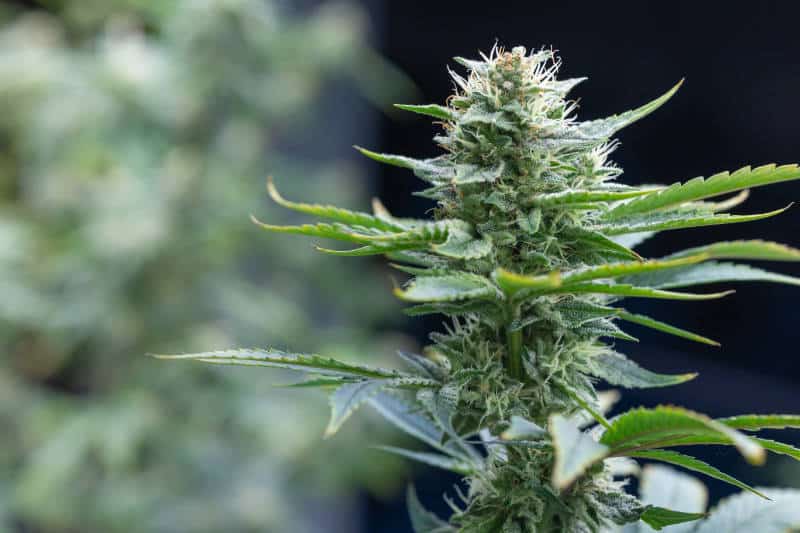Cannabis Consumption Methods: Smoking, Vaping, Edibles
Cannabis consumption has come a long way, offering individuals a range of methods to enjoy its effects. Whether for recreational or medicinal purposes, finding the right consumption method is essential for a satisfying and tailored experience. In this article, we will explore various cannabis consumption methods, including smoking, vaping, edibles, and more, discussing their benefits, considerations, and potential effects.
1. Smoking Cannabis:
Smoking cannabis is one of the most traditional and widely recognized methods of consumption. It involves inhaling the smoke produced by burning dried cannabis flowers. Here are key aspects to consider:
Benefits:
– Quick onset of effects: Smoking allows cannabinoids to rapidly enter the bloodstream, resulting in near-instantaneous effects.
– Control over dosage: Smoking allows users to titrate their dose by taking smaller or larger hits as desired.
– Ritualistic experience: Many users appreciate the tactile and social aspects of smoking cannabis.
Considerations:
– Health effects: Smoking may produce respiratory irritation, coughing, and potential lung damage due to the inhalation of combustion byproducts.
– Odor and discretion: Smoking produces a distinct aroma that may be noticeable to others, making it less discreet than other consumption methods.
2. Vaping Cannabis:
Vaping involves heating cannabis to a temperature that releases cannabinoids and terpenes as vapor without combustion. Here’s what you should know:
Benefits:
– Reduced health risks: Vaping eliminates the combustion byproducts associated with smoking, potentially reducing respiratory risks.
– Precise temperature control: Vaping devices allow users to adjust temperature settings, potentially providing a customized experience.
– Discreetness: Vaporizers produce less odor compared to smoking, making it a more discreet option.
Considerations:
– Equipment and maintenance: Vaping devices require regular cleaning and maintenance to ensure optimal performance.
– Initial cost: Quality vaporizers can be more expensive upfront, although long-term savings may be realized through efficient cannabis utilization.
– Lack of ritual: Some individuals may miss the ritualistic experience of smoking when transitioning to vaping.
3. Cannabis Edibles:
Edibles refer to cannabis-infused products that are consumed orally, such as baked goods, candies, beverages, and more. Here’s what you should know about this consumption method:
Benefits:
– Longer-lasting effects: Edibles have a delayed onset of effects but offer a more prolonged experience compared to smoking or vaping.
– Discretion: Edibles can be consumed inconspicuously, as they often resemble regular food items or beverages.
– Diverse product options: The market offers a wide range of edibles with different flavors, potencies, and formulations to suit various preferences.
Considerations:
– Onset time and dosage: Edibles take longer to take effect, typically ranging from 30 minutes to 2 hours, making it crucial to start with a low dosage and be patient.
– Potential for overconsumption: Due to the delayed onset, individuals may be tempted to consume more, leading to stronger and potentially uncomfortable effects. Responsible dosing is crucial.
– Varied potency: Edibles can have varying potencies, so it’s important to carefully read labels and understand the dosage.
4. Sublingual and Buccal Administration:
Sublingual and buccal administration involves placing cannabis extracts or tinctures under the tongue or against the cheek for absorption through the mucous membranes. Here are some key points:
Benefits:
– Rapid onset of effects: The cannabinoids are absorbed directly into the bloodstream through the mucous membranes, leading to quicker effects compared to edibles.
– Precise dosing: Sublingual and buccal products often come with precise droppers, allowing for more accurate dosing.
Considerations:
– Taste and texture: Some sublingual or buccal products may have a strong taste or oily texture, which may not be enjoyable for all individuals.
– Storage and shelf life: Sublingual or buccal products may require proper storage to maintain their potency and prevent degradation.
5. Topical Application:
Topical cannabis products, such as creams, lotions, and balms, are applied directly to the skin. Here’s what you should know about this method:
Benefits:
– Targeted relief: Topicals are primarily used for localized relief, targeting specific areas of the body.
– No psychoactive effects: Topicals typically do not produce psychoactive effects, making them suitable for individuals who want the therapeutic benefits of cannabis without feeling intoxicated.
– Versatile applications: Topicals can be used for various purposes, including pain relief, reducing inflammation, and improving skin conditions.
Considerations:
– Limited systemic effects: Topicals do not enter the bloodstream, so they may not provide the same overall effects as other consumption methods.
– Potential for skin sensitivity: Some individuals may experience skin irritation or allergies when using certain topical products. Patch testing is recommended.
Cannabis consumption has evolved to offer a variety of methods that cater to individual preferences, desired effects, and specific needs. From smoking and vaping to edibles, sublingual administration, and topicals, each consumption method has its own unique benefits and considerations. It is crucial to consider factors such as onset time, dosage control, health implications, discretion, and individual sensitivities when choosing a consumption method. By understanding the available options, individuals can make informed decisions to enjoy cannabis in a way that aligns with their preferences and desired effects.
For best results please obtain your cannabis from a legitimate source, like an OMMA registered dispensary in Oklahoma.





